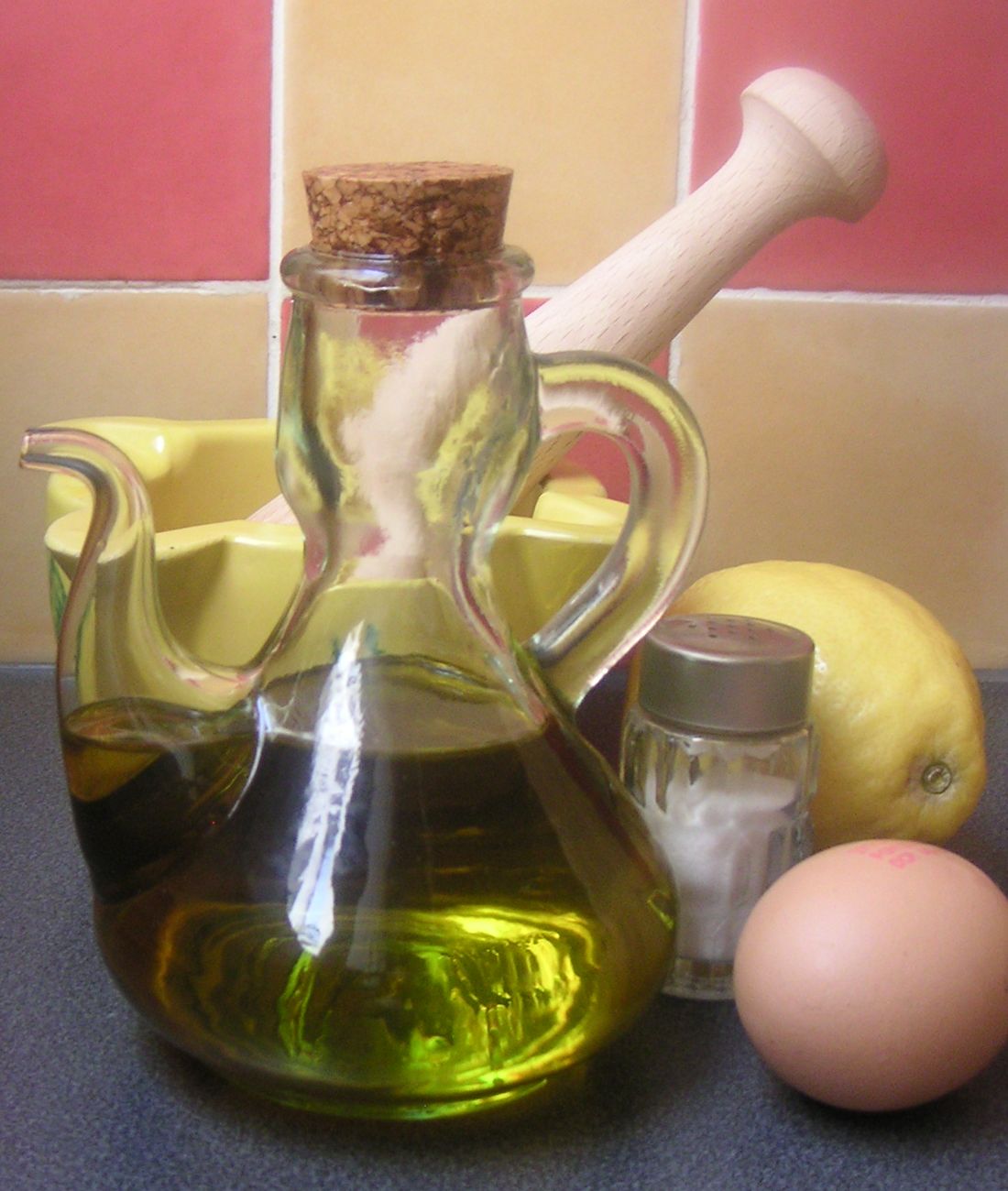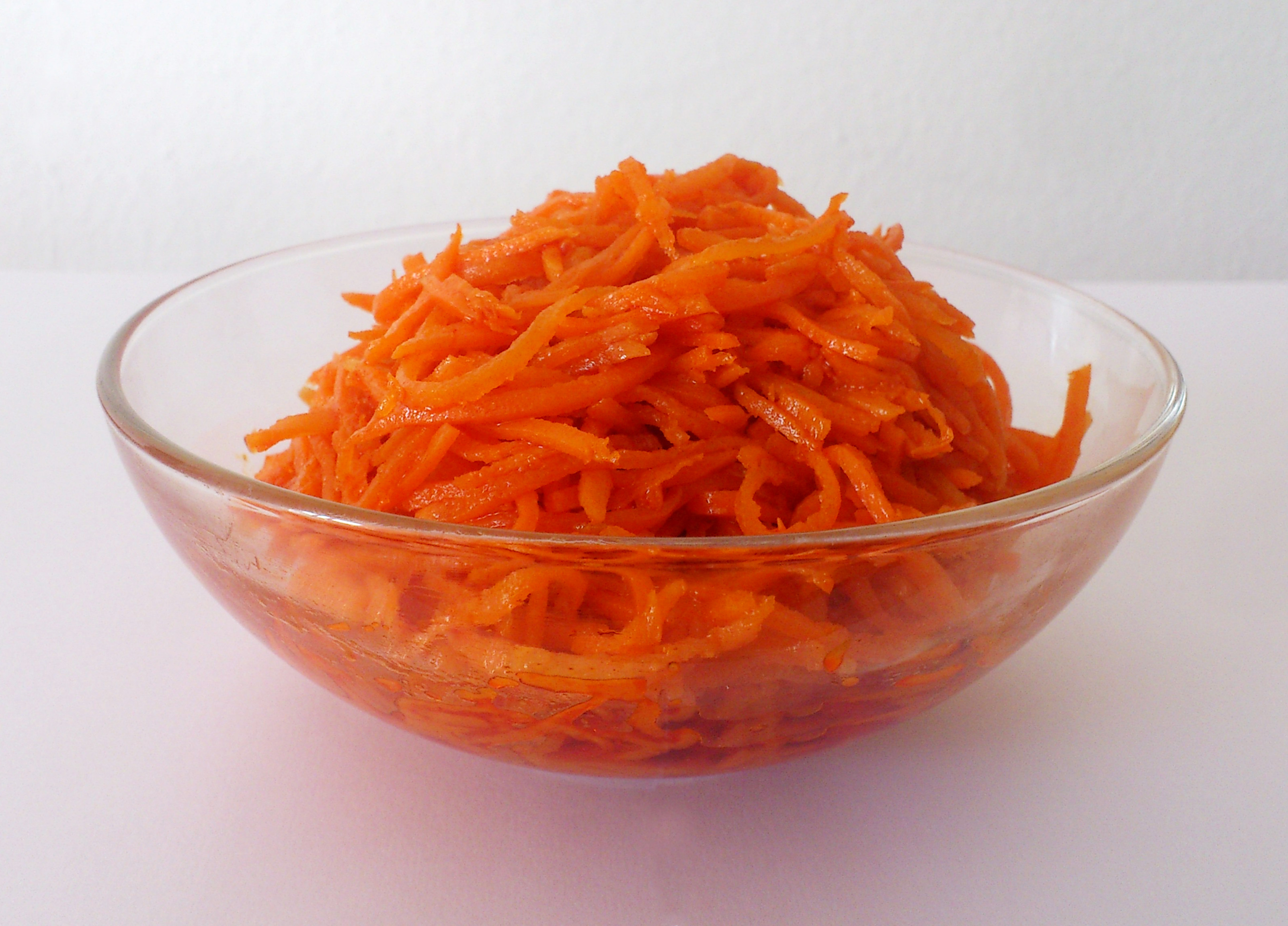|
Khuushuur
Khuushuur (Mongolian: хуушуур) is a traditional Mongolian fried meat pastry. It consists of a circle of wheat flour dough folded in half around a filling of minced or ground mutton, sometimes beef, and pan- or deep-fried. The meat is seasoned with onion and salt; some cooks also add garlic and pepper. Versions containing potatoes, carrots, or cabbage are less common. History Historically, khuushuur and related dumplings such as ''buuz'' and ''bansh'' are considered localized adaptations of Chinese dumplings. Wheat was not traditionally grown in Mongolia due to the nomadic lifestyle, but the influence of Chinese cuisine introduced dumpling-like preparations that became part of Mongolian food culture. Khuushuur is widely available across Mongolia. In urban areas, it is commonly found in restaurants, while in rural regions, it may be sold from roadside stands or private homes. It is also a popular home-cooked dish. The dish is commonly associated with Naadam, Mongol ... [...More Info...] [...Related Items...] OR: [Wikipedia] [Google] [Baidu] |
Naadam
Naadam (Mongolian Naadam Festival) (, classical Mongolian: ''Naɣadum'', , ''literally "games"'') is a traditional festival celebrated in Mongolia, Inner Mongolia and Tuva. The festival is also locally termed "eriin gurvan naadam" (), "the three games of men". The games are Mongolian wrestling, horse racing, and archery, and are held throughout the country during midsummer. Women have started participating in the archery and girls in the horse-racing games, but not in Mongolian wrestling. In 2010, Naadam was inscribed on the UNESCO Intangible Cultural Heritage Lists, Representative List of the Intangible Cultural Heritage of Humanity of United Nations Educational, Scientific and Cultural Organization, UNESCO. Overview Origins Naadam is the most widely watched festival among Mongols and is believed to have existed for centuries in one fashion or another. It has its origin in the activities, such as military parades and sporting competitions such as archery, horse riding and ... [...More Info...] [...Related Items...] OR: [Wikipedia] [Google] [Baidu] |
Mongolian Cuisine
Mongolian cuisine predominantly consists of dairy products, meat, and animal fats. The most common rural dish is cooked mutton. In the city, steamed dumplings filled with meat—" buuz"— are popular. The extreme continental climate of Mongolia and the lowest population density in the world of just inhabitants/km2 has influenced the traditional diet. Use of vegetables and spices are limited. Due to geographic proximity and deep historic ties with China and Russia, Mongolian cuisine is also influenced by Chinese and Russian cuisine.Marshall Cavendish Corporation, 2007, p. 268 Mongolia is one of few Asian countries where rice is not a main staple food. Instead, Mongolian people prefer to eat lamb as their staple food rather than rice. Wheat, barley, and buckwheat predominate more than rice in modern Mongolia. History Details of the historic cuisine of the Mongolian court were recorded by Hu Sihui in the '' Yinshan Zhengyao'', known from the 1456 Ming Dynasty edition man ... [...More Info...] [...Related Items...] OR: [Wikipedia] [Google] [Baidu] |
Buuz
Buuz (; ; , ) are a type of Mongolian steamed dumpling filled with meat. An example of authentic Mongolian and Buryatian cuisine, the dish is traditionally eaten at home during Tsagaan Sar, the Lunar New Year. In modern times it is also offered at restaurants and small cafes ("guanz") throughout the capital city of Ulaanbaatar. History and function Buuz is the Mongolian version of the steamed dumpling which is commonly found throughout the region. Etymologically, it reveals its origin to China, as ''baozi'' () is the Mandarin word for steamed dumpling. They are eaten in great quantities throughout the year but especially during the Mongolian New Year celebrations, which usually fall in February. ''Buuz'' are prepared in the weeks before and left outside to freeze; they are consumed with salads and fried bread, accompanied by ''suutei tsai'' (Mongolian tea) and vodka. Niislel salad (Mongolian: Нийслэл салат), a variant of Olivier potato salad, is particularly popu ... [...More Info...] [...Related Items...] OR: [Wikipedia] [Google] [Baidu] |
Mongolia
Mongolia is a landlocked country in East Asia, bordered by Russia to the north and China to the south and southeast. It covers an area of , with a population of 3.5 million, making it the world's List of countries and dependencies by population density, most sparsely populated sovereign state. Mongolia is the world's largest landlocked country that does not border an Endorheic basin, inland sea, and much of its area is covered by grassy steppe, with mountains to the north and west and the Gobi Desert to the south. Ulaanbaatar, the capital and List of cities in Mongolia, largest city, is home to roughly half of the country's population. The territory of modern-day Mongolia has been ruled by various nomadic empires, including the Xiongnu, the Xianbei, the Rouran, the First Turkic Khaganate, the Second Turkic Khaganate, the Uyghur Khaganate and others. In 1206, Genghis Khan founded the Mongol Empire, which became the largest List of largest empires, contiguous land empire i ... [...More Info...] [...Related Items...] OR: [Wikipedia] [Google] [Baidu] |
Savoury Pies
Savory or Savoury may refer to: Common usage * Herbs of the genus ''Satureja'', particularly: ** Summer savory (''Satureja hortensis''), an annual herb, used to flavor food ** Winter savory (''Satureja montana''), a perennial herb, also used to flavor food, but less common than summer savory ** Savory of Crete (''Satureja thymbra''), an evergreen herb native to Eurasia, rarely used in seasoning food Food * In Western cuisine, food that is considered suitable for a main course or other non-dessert course is called savory as opposed to sweet * Savoury (dish), a small savoury dish, traditionally served towards the end of a formal meal in some European cuisine * Savory (ice cream), a brand of ice cream from Nestlé * Savoury pattie, a battered and deep fried disc of mashed potato, seasoned with sage * Savoury pie, pies with savoury ingredients, as opposed to sweet pies * Umami, also called savoriness, one of the basic tastes detected by the human tongue People * Allan Savory ... [...More Info...] [...Related Items...] OR: [Wikipedia] [Google] [Baidu] |
Dumplings
Dumplings are a broad class of dishes that consist of pieces of cooked dough (made from a variety of starchy sources), often wrapped around a filling. The dough can be based on bread, wheat or other flours, or potatoes, and it may be filled with meat, Fish as food, fish, tofu, cheese, vegetables, or a combination. Dumplings may be prepared using a variety of cooking methods and are found in many world cuisines. One of the earliest mentions of dumplings comes from the Chinese scholar Shu Xi who mentions them in a poem 1,700 years ago. In addition, archaeologically preserved dumplings have been found in Turpan, Turfan, Xinjiang, China dating back over 1,000 years. Definition The precise definition of a dumpling is controversial, varying across individuals and cultures. The term emerged in English by the 17th century, where it referred to a small lump of dough cooked by simmering or steaming. The definition has since grown to include filled dumplings, where the dough encloses ... [...More Info...] [...Related Items...] OR: [Wikipedia] [Google] [Baidu] |
Mayonnaise
Mayonnaise (), colloquially referred to as "mayo" (), is a thick, creamy sauce with a rich and tangy taste that is commonly used on sandwiches, hamburgers, Salad#Bound salads, bound salads, and French fries. It also forms the base for various other sauces, such as tartar sauce, fry sauce, remoulade, salsa golf, ranch dressing, and rouille. Mayonnaise is an emulsion of Edible oil, oil, egg yolk, and an acid, either vinegar or lemon juice; there are many variants using additional flavorings. The color varies from near-white to pale yellow, and its texture from a light cream to a thick gel. Commercial eggless versions are made for those who avoid chicken eggs because of egg allergies, to limit cholesterol, dietary cholesterol, or because they are vegetarian or Veganism, vegan. History ''Mayonnaise'' is a French cuisine appellation that seems to have appeared for the first time in 1806. The hypotheses invoked over time as to the origin(s) of mayonnaise have been numerous and c ... [...More Info...] [...Related Items...] OR: [Wikipedia] [Google] [Baidu] |
Maggi Sauce
Maggi (, ) is an international brand of seasonings, instant soups, and noodles that originated in Switzerland in the late 19th century. In 1947, the Maggi brand was acquired by the Swiss giant Nestlé. History Early history In 1869, Julius Maggi (1846–1912) took over his father's mill business in Kemptthal, Switzerland. Under his leadership, the business developed into one of the pioneers of industrial food production, with the aim of improving the diet of working-class families through better nutrient supply and faster preparation. In 1882, at a meeting of the Swiss "Common Good Society" (), the doctor and factory inspector Fridolin Schuler spoke about the miserable nutritional situation of the factory workers: women workers no longer had enough time to cook for their families; cold meals or alcohol often replaced warm meals; meals were served in factory canteens and were cheap but not sufficiently nutritious. The consequences were malnutrition, stomach diseases, an ... [...More Info...] [...Related Items...] OR: [Wikipedia] [Google] [Baidu] |
Ketchup
Ketchup or catsup is a table condiment with a sweet and sour flavor. "Ketchup" now typically refers to tomato ketchup, although early recipes for different varieties contained mushrooms, oysters, mussels, egg whites, grapes, or walnuts, among other ingredients. Tomato ketchup is made from tomatoes, sugar, and vinegar, with seasonings and spices. The spices and flavors vary but commonly include onions, allspice, coriander, cloves, cumin, garlic, mustard and sometimes include celery, cinnamon, or ginger. The market leader in the United States (60% market share) and the United Kingdom (82%) is Heinz Tomato Ketchup. Tomato ketchup is often used as a condiment for dishes that are usually served hot, and are fried or greasy: e.g., french fries and other potato dishes, hamburgers, hot dogs, chicken tenders, hot sandwiches, meat pies, cooked eggs, and grilled or fried meat. Ketchup is sometimes used as the basis for, or as one ingredient in, other sauces and dressings, an ... [...More Info...] [...Related Items...] OR: [Wikipedia] [Google] [Baidu] |
Carrot Salad
Carrot salad is a salad made with carrots. Recipes for carrot salad vary widely by regional cuisine. Shredded carrot is often used. Shredded carrot salads are often used as a topping for other dishes. By country America "Carrot raisin salad" is a traditional dish in the Southern United States. Grated carrot is mixed with raisins, mayonnaise dressing, granulated sugar, salt and black pepper. In Brazilian cuisine, churrasco service often includes potato salad and carrot salad made with mayonnaise, raw onion, green peas, sweetcorn or sometimes chayote squashes. Asia The Koryo-saram, ethnic Koreans in the post-Soviet Union states, popularized spicy pickled carrot salad, known throughout the Soviet Union as Korean-style carrots. It is said to have been unknown in South Korea until recently, but has gained an international following and is served in many cafeterias throughout the CIS where it is also sold in supermarkets, and featured regularly as a side dish on dinner ... [...More Info...] [...Related Items...] OR: [Wikipedia] [Google] [Baidu] |
Gherkins
A pickled cucumber – commonly known as a pickle in the United States, Canada and Australia and a gherkin ( ) in Britain, Ireland, South Africa, and New Zealand – is a usually small or miniature cucumber that has been pickled in a brine, vinegar, or other solution and left to ferment. The fermentation process is executed either by immersing the cucumbers in an acidic solution or through souring by lacto-fermentation. Pickled cucumbers are often part of mixed pickles. Historical origins It is often claimed that pickled cucumbers were first developed for workers building the Great Wall of China, though another hypothesis is that they were first made as early as 2030 BC in the Tigris Valley of Mesopotamia, using cucumbers brought originally from India. According to the New York Food Museum, archaeologists believe ancient Mesopotamians pickled food as far back as 2400 B.C. while, centuries later, cucumbers native to India were being pickled in the Tigris Valley. Ancient sou ... [...More Info...] [...Related Items...] OR: [Wikipedia] [Google] [Baidu] |
Lettuce
Lettuce (''Lactuca sativa'') is an annual plant of the family Asteraceae mostly grown as a leaf vegetable. The leaves are most often used raw in Green salad, green salads, although lettuce is also seen in other kinds of food, such as sandwiches, wraps and soups; it can also be grilled. Its stem and seeds are sometimes used; celtuce (asparagus lettuce) is one variety grown for its stems, which are eaten either raw or cooked. In addition to its main use as a leafy green, it has also gathered religious and medicinal significance over centuries of human consumption. Europe and North America originally dominated the market for lettuce, but by the late 20th century the consumption of lettuce had spread throughout the world. , world production of lettuce (and chicory) was 27 million tonnes, 53percent of which came from China. Lettuce was originally farmed by the ancient Egyptians, who transformed it from a plant whose seeds were used to obtain oil into an important food crop raised fo ... [...More Info...] [...Related Items...] OR: [Wikipedia] [Google] [Baidu] |








